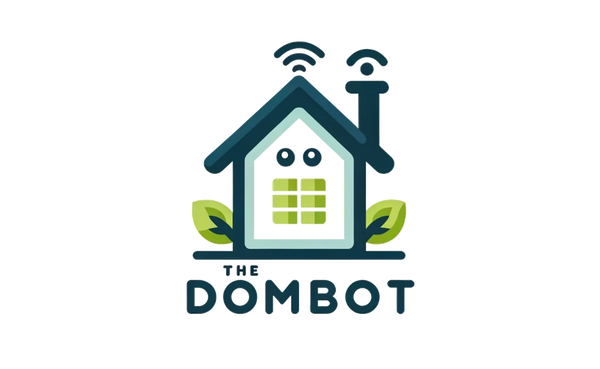Collection: Hive Motion Sensor Setup: A Step-by-Step Guide
Hive Motion Sensor: A Tutorial for the Motion-Sensing-Obsessed
Hey there, tech-savvy friends! Today, we're diving into the world of motion sensors, specifically the Hive Motion Sensor. This little gadget is like the superhero of your smart home, always on the lookout for movement and ready to trigger your lights, alarms, or even your favorite playlist (because who doesn't want a dance party every time they walk in the room?).
Step 1: Unboxing the Hive Motion Sensor
First things first, let's get this bad boy out of the box. You'll find the sensor itself, a couple of mounting plates (one for a flat surface and one for a corner), some screws, and a handy-dandy instruction manual.
Now, before you go all "Hulk smash" on the packaging, take a moment to admire the sleek design. It's like a tiny, futuristic eye, ready to watch over your home.
Step 2: Finding the Perfect Spot
The Hive Motion Sensor is like a picky eater – it wants to be in the right spot to do its job. Think about where you want it to detect motion.
- Hallways: Perfect for turning on lights when you walk by.
- Stairwells: Keep those steps well-lit, especially at night.
- Garage: Detect movement and trigger your garage door opener (because who wants to fumble with a remote in the dark?).
- Outdoor areas: Keep an eye on your property and deter unwanted visitors.
Just remember, the sensor has a 120-degree field of view, so make sure it's positioned to cover the area you want to monitor.
Step 3: Installing the Hive Motion Sensor
Now, this is where things get exciting (and maybe a little bit messy).
- Choose your mounting plate: Flat surface or corner? The choice is yours.
- Mark the spot: Use a pencil to mark where you want to mount the sensor.
- Drill holes: If you're using the corner mount, you'll need to drill two holes. If you're using the flat mount, you'll need to drill one hole.
- Attach the mounting plate: Use the screws provided to secure the mounting plate to the wall.
- Snap the sensor into place: The sensor should click securely into the mounting plate.
And that's it! You've successfully installed your Hive Motion Sensor. Give yourself a pat on the back, you deserve it.
Step 4: Connecting the Hive Motion Sensor to Your Hive Hub
Now, let's get this sensor talking to your Hive Hub.
- Open the Hive app: Make sure you have the latest version of the app.
- Tap on "Devices": This is where you'll find all your Hive gadgets.
- Tap on "Add Device": This is where the magic happens.
- Select "Motion Sensor": The app will guide you through the rest of the process.
The app will ask you to scan the QR code on the back of the sensor. Once it's connected, you'll be able to customize its settings and create automations.
Step 5: Customizing Your Hive Motion Sensor
Now that your sensor is connected, it's time to make it work for you.
- Set the sensitivity: Do you want it to be super sensitive, or just detect larger movements? You can adjust the sensitivity level in the Hive app.
- Create automations: This is where the fun really begins. You can set up automations to trigger lights, alarms, or even your favorite playlist when the sensor detects motion.
-
Check the battery life: The Hive Motion Sensor uses two AA batteries. You can check the battery life in the Hive app. Hive Motion Sensor Battery Life
The battery life of the Hive Motion Sensor can vary depending on usage, but it should last for around 12 months. You'll get a notification in the Hive app when the battery is running low.
Step 6: Enjoy Your Motion-Sensing Magic!
Congratulations! You've successfully installed and configured your Hive Motion Sensor. Now, sit back, relax, and enjoy the convenience of motion-sensing technology.
And remember, if you ever have any questions or need help with your Hive Motion Sensor, the Hive support team is always there to help.
Happy smart homing!
